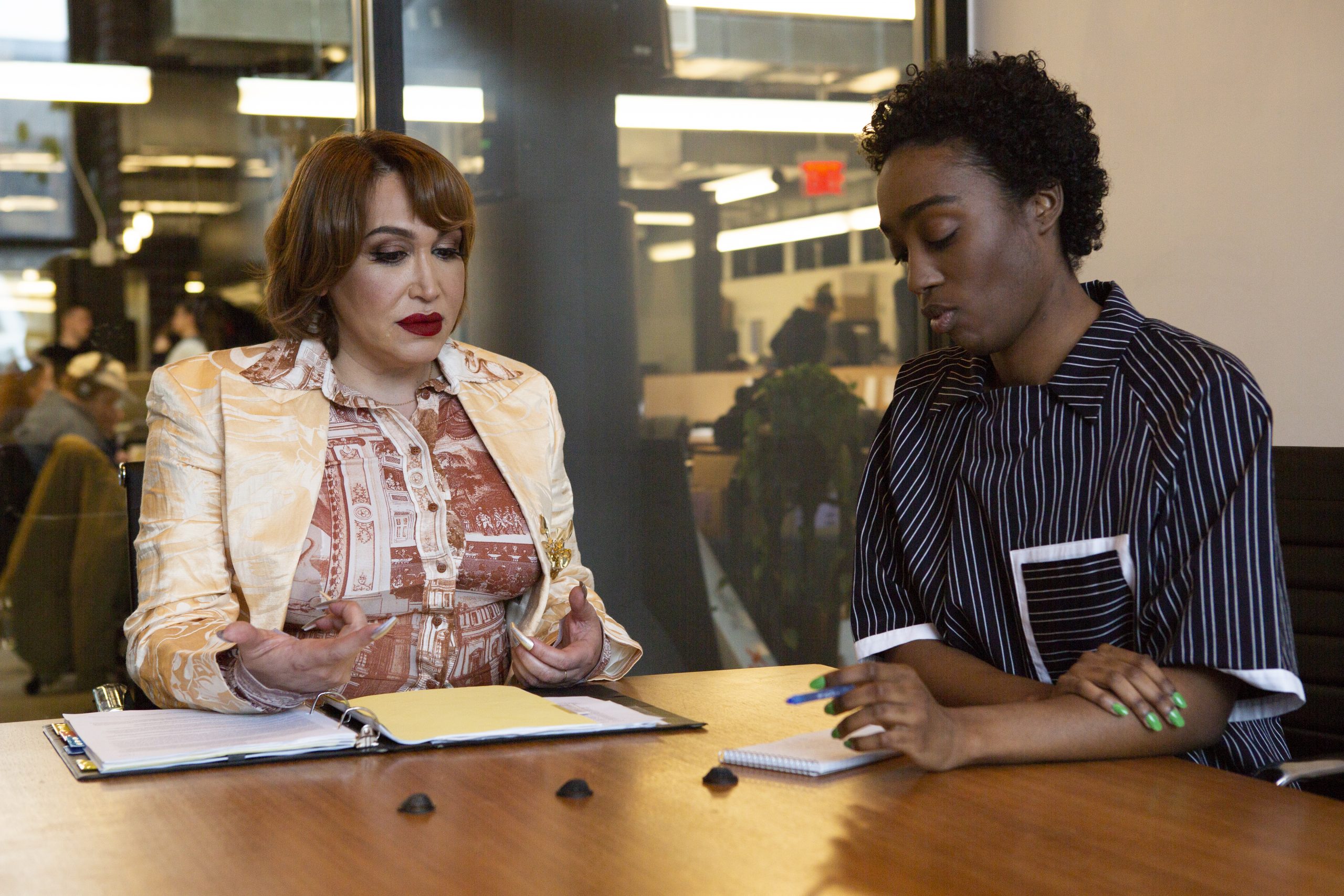Steer clear of these microaggressions when asking about diversity and inclusion
Well-intentioned allies make mistakes all the time. Showing up in the diversity and inclusion conversation does not require perfection. In fact, it often is quite the opposite. It requires vulnerability and empathy, and a curiosity for things you couldn’t possibly understand. Because people in the majority group do not have the same lived experiences of those in minority groups it’s often difficult to truly empathize with people different than ourselves.
Curious allies ask questions. Questions are usually a good thing, yet sometimes can go awry. Missteps can cause an unfortunate retreat in the conversation. Watch out for these questions.
Questions that are Microaggressions
Truly curious questions are ones we don’t know the answers to. They lack judgment, they provoke deeper discussion, and are empathetic. In classrooms virtual and in person alike, I’ve heard these doozies over the years. As an ally, be sure to steer clear of asking questions like these. Call in people that ask inappropriate questions and help them understand why they’re problematic.
- Where are you from (even worse when followed up by where are you really from?)
- What are you?
- Can I touch your hair?
- Why do you people do this?
- Is that a (insert any dimension of diversity i.e. gay, Black) thing?
Why these Questions are Offensive
While these questions are somewhat curious, they imply judgement, limit a deeper discussion, and are not vulnerable nor empathetic.
If you’re curious about where someone is from because of the color of their skin or their accent,, it’s always a best practice to get to know them first before asking a question that makes them feel like the “other.” Even worse, when we follow up with where are you really from it implies that there they couldn’t possibly be a citizen based on their unique to Identity even if they’ve taken the necessary steps to do so.
Once you get to know someone as an ally, asking them about their background, their interests, their family, and their culture is completely fair. It’s inappropriate to start the conversation with a polarizing question that signals to them they don’t belong here.
The question, what are you, limits someone to one identity. People are much more complex than one identity, generally a diversity dimension. We never went to call someone by their identity (i.e. the Black man, the lesbian) or suggest that they are simply one dimensional. Instead, be curious and tell the person you’d like to learn more about them. You’ve noticed perhaps a difference and you like to know more about it if that’s okay with them. Asking for permission is generally welcomed. That way the person can self-select to not share if they do not feel safe to do so.
Hair touching is a very real thing that affects women of color particularly Black women. As a White woman myself, I was alarmed to hear the all-too-common hair touch stories, and the expectation that it’s okay to ask while attempting to touch the hair even in the workplace. Again, this is because of curiosity. Our hair is different. We don’t understand it. Touching someone like you would an animal without permission or with implied permission is not appropriate.
The question, why do you people do this, also limits somebody to one identity. This also implies because you’re associated with a group you must fit all of the characteristics of the group. People are individuals and it’s not fair to label someone by association with a group. It minimizes unique identities and emphasizes the power structure of the majority group.
Is that a (fill in the blank diversity dimension) thing? This one is problematic because it unfairly puts the duty of the person experiencing diversity already to have to explain and rationalize behavior based on their association with that group. It’s generally offensive when people ask these questions because it’s a negative trait and it again signals that all people of a certain group are simply one type of person when there is so much more uniqueness to individuals of groups.
What to Ask Instead
Want to be a curious ally? Ask about provoking questions. Spend time with people different than yourself and build the trust necessary to ask difficult questions. I’ve spent time with women of color for several years now and earned the trust to ask questions about their hair and even ask about ice skating vs. roller skating. I didn’t come out of the gate asking those types of questions, yet over time showing empathy, vulnerability through admitting my own weaknesses as an ally I could step into those conversations more bravely and they knew I was coming from a good place.
Don’t assume it’s okay to ask questions of people based on their diversity dimensions. It’s not their job to educate you. Google search things that are easy to find and understand. For more complex subjects, get to know someone and tell them that you’re curious to learn more and ask for their permission to ask more detailed questions.
Being an ally is a journey, not a destination, and it starts with curiosity.
If you liked this post, check out my Next Pivot Point podcast. We have over 100 interviews with diversity, equity, and inclusion leaders all over the world. Be an ally and leave a review on Google Podcasts – it helps other allies find it.

